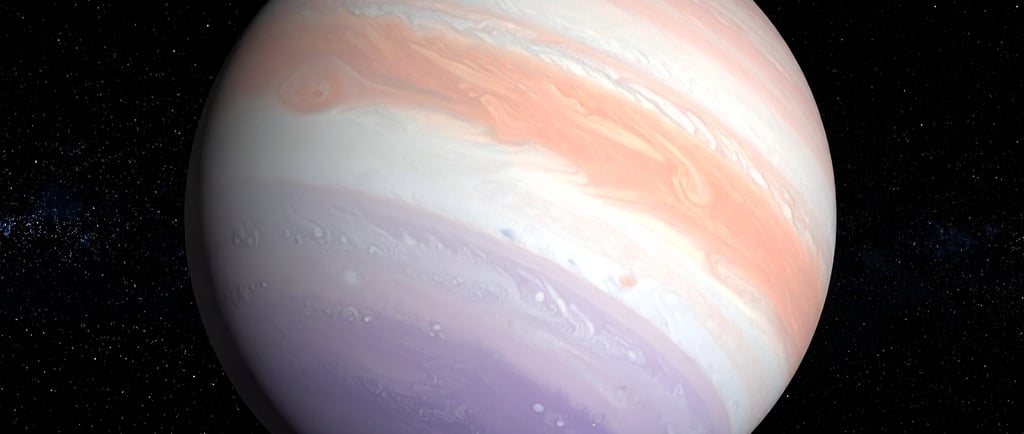WASP-140 B: The Thick Gas Giant


Introduction to Wasp-140 b
Among the vast tapestry of the universe, Wasp-140 b stands out as a fascinating exoplanet located within the Eridanus constellation, approximately 587 light years away from Earth. This summary will explore the unique characteristics of this gas giant, including its mass, orbital period, and the method through which it was discovered.
Discovery Through the Transit Method
Wasp-140 b was detected using the transit method, a technique that has proven to be highly effective in identifying exoplanets. This method measures the slight dimming of a star as the planet passes in front of it, thus allowing astronomers to infer the planet’s existence and gather vital data about its size and orbital dynamics. As we delve into the specifics of Wasp-140 b, it becomes apparent that its features provide valuable insights into the diversity of planetary systems beyond our own.
Characteristics of Wasp-140 b
This intriguing exoplanet boasts a mass that is approximately 2.44 times that of Jupiter, placing it firmly within the category of gas giants. Such size suggests significant atmospheric characteristics, which may include thick clouds and potential weather patterns, thus offering a rich field for scientific inquiry. Wasp-140 b has an orbital period of just 2.2360 days, indicating that it orbits its host star much faster than Earth does the Sun. This rapid orbit is a typical characteristic for many exoplanets found in close proximity to their stars.
As researchers continue to study Wasp-140 b, they are particularly interested in its atmospheric composition, which may provide clues about its formation and evolution within the Eridanus constellation. The location of Wasp-140 b also places it outside our solar system's immediate neighborhood, further igniting interest for those engaged in the search for extraterrestrial life and understanding planetary systems.
Conclusion
In summary, Wasp-140 b offers a unique glimpse into the complexities of planetary systems beyond our solar system, characterized by its impressive mass and rapid orbital period. As detection methods like the transit technique continue to evolve, scientists hope to uncover even more exoplanets such as Wasp-140 b, deepening our understanding of the cosmos. Future explorations may not only reveal more about this gas giant but also about the potential for life on other worlds within the vast expanses of space.
